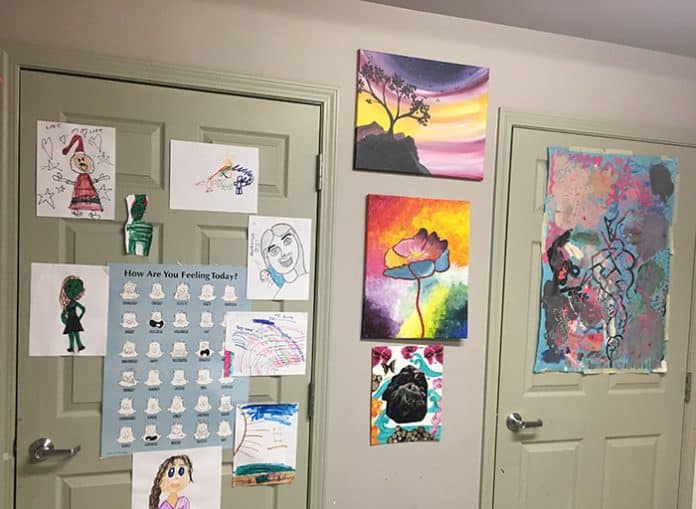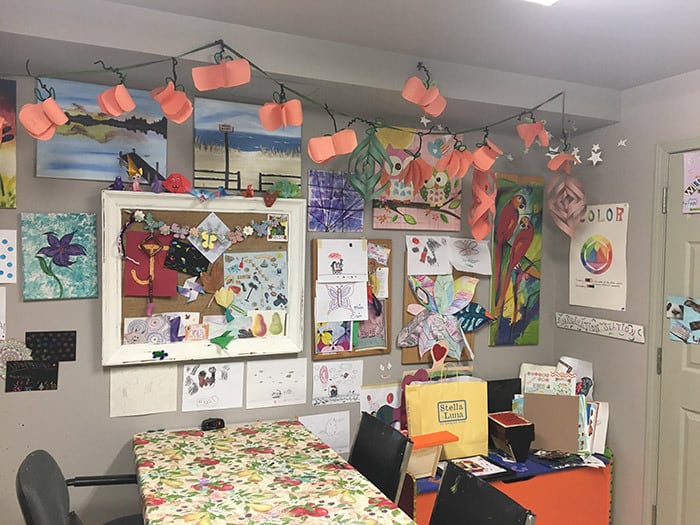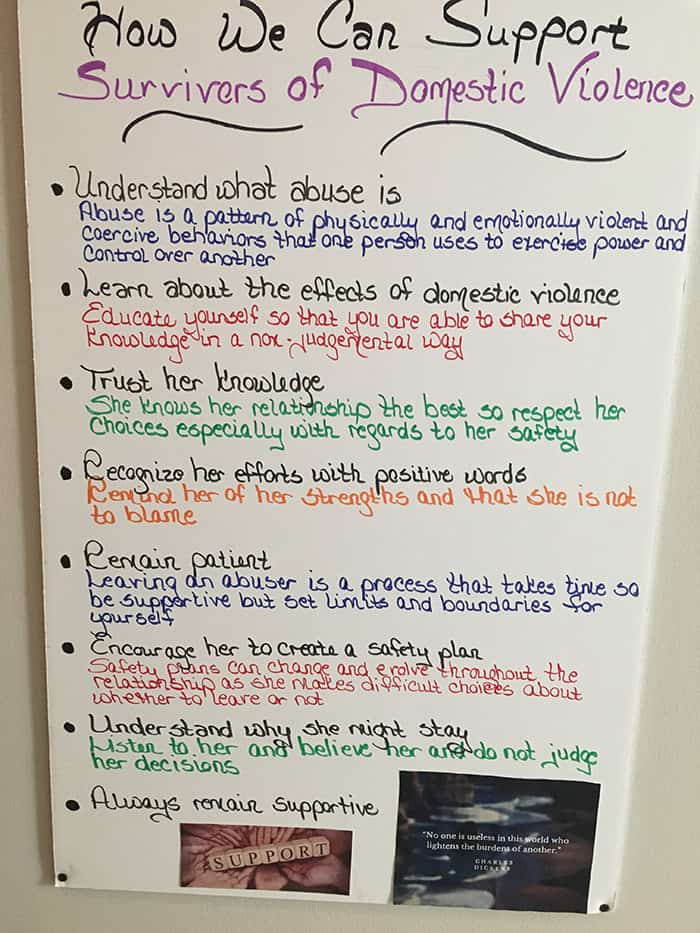
BRICK – Every minute some 20 people are physically abused by an intimate partner in this country, and one in three women and one in four men have been victims of some form of physical violence in their lifetime, according to the National Coalition Against Domestic Violence (NCADV).
Intimate partner violence accounts for 15 percent of all violent crime, and women between the ages of 18 and 24 are most at risk.
Not all abusers are men, said Debbie Galletta, a licensed clinical social worker and program director at Dottie’s House, a transitional housing facility in Brick designed to aid women and children who have survived domestic violence.
“It’s not always a partner – sometimes it could be a mother or a brother, but the majority are intimate partners,” she said.
Abuse isn’t always physical, oftentimes it’s emotional or financial, and women don’t realize it’s abusive behavior, but coercive control is the underlying motive.
Emotional abusers humiliate, insult, put down, threaten, rebuke and control the victim, and keeps them on a short leash, that affects the victim’s self-esteem, which the abuser hopes will make the victim more dependent on them.

Over time, emotional abuse can erode the victim’s joy, sense of well-being and mental health.
Financial abuse is not always obvious to an outsider, but there is shame attached for the woman who has to account for every penny she spends, or ask for money to purchase basic necessities, even if she is the breadwinner in the relationship.
“Physical abuse is obvious, but if it’s emotional or financial abuse it might not feel like it’s abuse, especially if they grew up with it,” Galletta said.
It’s only through education, such as marriage counseling, that a woman might realize that her partner’s controlling behavior is a form of abuse, she said.
According to Karen Kirton, who is a case manager at Dottie’s House, many women say, “I know he was controlling with money, and he would put me down and call me names,” but they didn’t identify that behavior as abuse.
While each case is unique and each victim has varying amounts of support, Kirton said, it’s important to reach out to any resources she has.
If a woman is in an abusive relationship, she could first seek support from friends, family and professionals, Galletta said.
When there’s no housing available with family or friends, an abuse victim could reach out to social services, who might put the victim up in a motel for a period of time until she can find an affordable apartment, Kirton said.
Victims could call a national hotline at 800-799-HELP (7233) where highly-trained advocates are available 24/7 and have information on available resources.

“Oftentimes, a woman might return to her abuser because she has no means to take care of herself. She has no vehicle, no money, no job skills, and she might think, ‘Maybe he’ll change,’ ” Kirton said. “It’s better than living in the street.”
If there are children involved, they have their own issues, Galletta said. Many have experienced some kind of trauma and children as young as two can mimic the abuser’s behavior. Children need counseling to break the cycle and educate them, and sometimes child protective services gets involved.
If the abuser is the victim’s mother, the victim made need help in managing that relationship on her terms, and to step away when she needs to step away, Galletta said.
Emotional, spiritual, physical and financial recovery takes a long time. Women can live at Dottie’s House for two years. During the first year the women are getting over the crisis before working on themselves, she said.
Even when they have been away from their abuser for years, there is a danger they could go back, Galletta said.
“Abuse can be a form of addiction. In NA (Narcotics Anonymous) and AA (Alcoholics Anonymous), you learn how to stay away from the bar or a needle, it’s challenging for us,” she said. “A woman could go back and forth [into the abusive relationship] because she misses the companionship, especially if they have children together. Sometimes she’ll go into the dating world and she’ll get drawn back in to the same type of relationship.”
It’s difficult for loved ones to see a woman go back and forth to the same abuser, especially from someone who has offered the victim emotional and financial support. Oftentimes those people shut the door for helping the victim in the future.
“It doesn’t matter to us, as professionals, but [family and friends] should try to listen and not judge because you don’t understand why she’s making the choices she’s making. They may not understand. This is her life. Always listen and be supportive, no matter what,” Galletta said.






